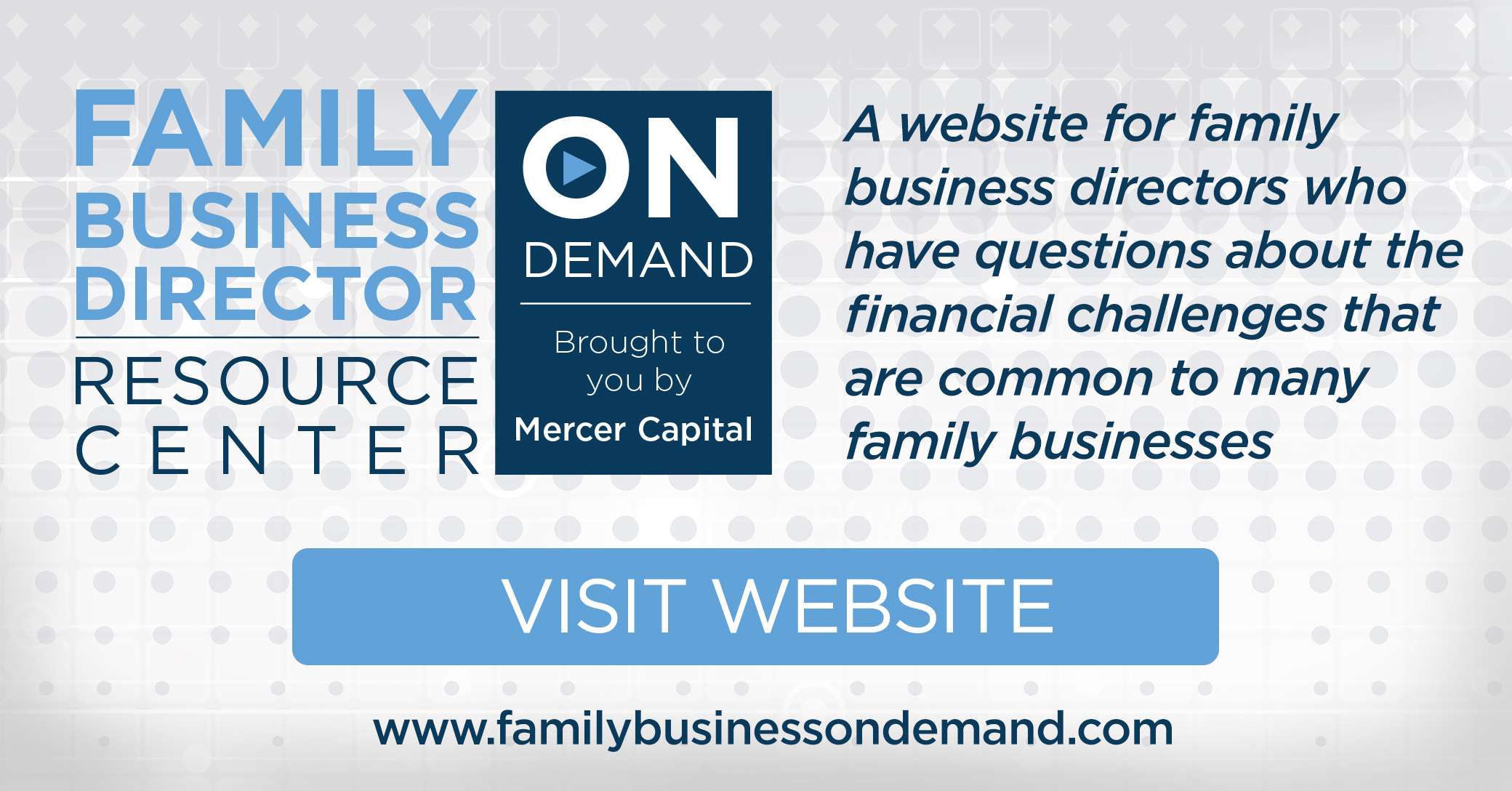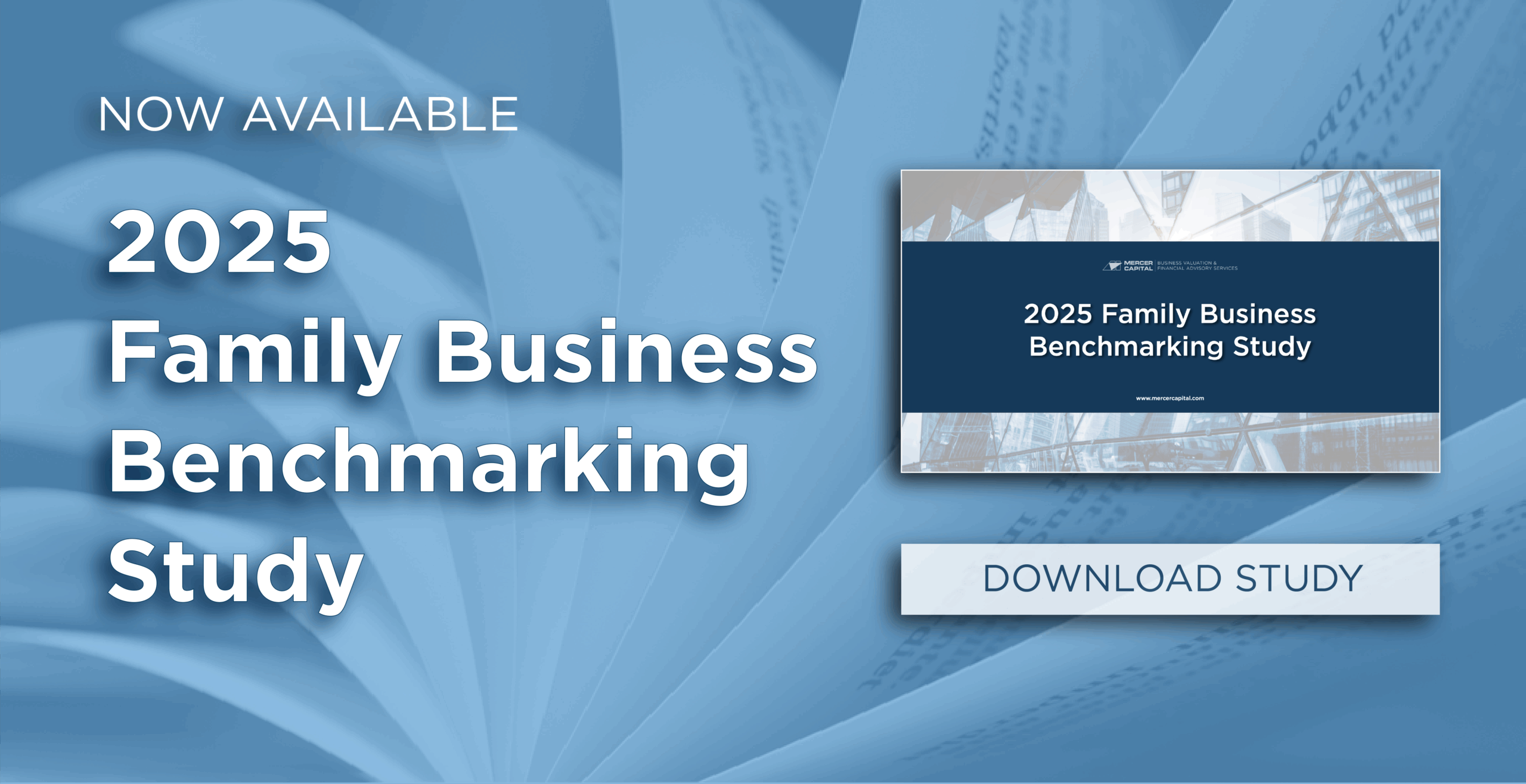Three Considerations for Capital Projects
As the new year begins, the goal is always to improve upon last year’s processes. Reinvesting in the company to drive future growth is certainly one way family businesses attempt to attain this goal. When evaluating capital projects, important tools such as net present value analysis, internal rate of return, and other quantitative analyses are utilized. And while family business directors should be acquainted with these tools and generally understand how they work, it is just as important that directors understand the limitations of these tools.
Specifically, these capital budgeting tools are ideal for answering this question: Is the proposed capital project financially feasible? Too often, however, we see these tools being used to answer what seems to be a related question, but one that the tools are simply not designed to answer: Should we undertake the proposed capital project?
The first question opens the door to the second, but the tools of capital budgeting — no matter how sophisticated or quantitatively precise — cannot answer the second. To answer the second question, you and your fellow directors must consider the three most important qualitative factors when evaluating a proposed capital project. Each of which can be framed in the form of a corresponding question.
1. Market Opportunity
The market opportunity question is simply this: Why does the proposed capital project make sense? Management must be able to provide a simple, straightforward, and compelling answer to this question. The components of an acceptable answer to this question should focus on the customer need addressed by the project and how the project is an improvement over how the market is currently meeting the identified customer need. Under no circumstances should the answer to this question reference a net present value or internal rate of return. If the minimum conditions of financial feasibility have not been met, the proposed project should not be in front of the board.
2. Strategic Fit
Once the board has demonstrated and vetted the market opportunity, the next question is: Why does the proposed capital project make sense for us? In other words, how does the proposed capital project relate to the family business’s existing strategy? Does the proposed project represent an extension of the existing strategy, or does it deviate from it?
One temptation that family businesses can succumb to is modifying an existing strategy to justify a proposed capital project that a key constituency really wants to do, which is inadvisable. Instead, the board should understand why a change in the company’s existing strategy is warranted and why the proposed change is an improvement given current market and regulatory conditions, competitive dynamics, and opportunities. If the board determines that the proposed change in strategy is appropriate, then the discussion can move to whether the proposed capital project should be approved. If strategy is the driving factor, the proposed capital project may not necessarily be the best way to execute the new strategy.
Your family business’s strategy should be driving capital budgeting; letting capital budgeting drive strategy eventually results in a mess.
This discussion presupposes, of course, that the family business has a strategy that has been clearly communicated to management, employees, and shareholders. Absent a guiding strategy, capital budgeting can devolve into what one of our clients sagely referred to as “a race to the table.” If there’s no guiding strategy, the first manager to arrive at the board meeting with a financially feasible project is likely to receive approval, even if the project does not promote the long-term health and sustainability of the family business.
Your family business’s strategy should be driving capital budgeting; letting capital budgeting drive strategy eventually results in a mess.
3. Constraints
The final question is this: Can the proposed capital project be done by us? Management’s time and attention, infrastructure and systems, and human resources are limited. Will undertaking the proposed capital project divert scarce resources away from other business areas? In our experience, managers proposing capital projects tend to underestimate the impact a project will have on the rest of the business. While it is certainly true that some expenses are fixed in the short term, all expenses are variable in the long run. Resource constraints can be overcome, but directors should be certain that the full cost of doing so has been contemplated and reflected in the capital budgeting analysis.
Does your family business have a robust capital budgeting process that determines whether a proposed capital project is financially feasible? If it does, that’s great. However, the approval process cannot end with a green light on the financial side. Family business directors need to be diligent in answering the qualitative questions identified in this post.
 Family Business Director
Family Business Director 











